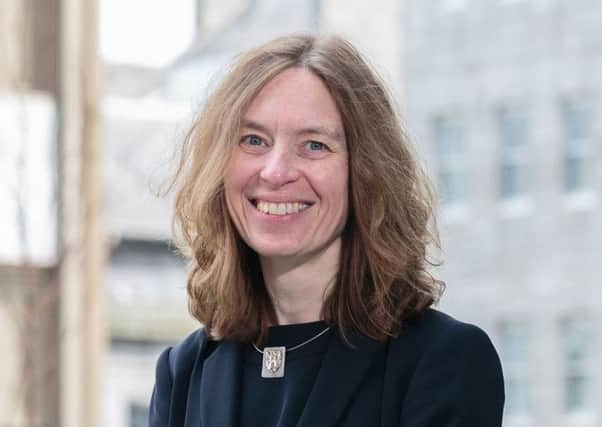Accelerating growth to smaller, smarter world


The ESES City Region Deal is an ambitious bid, particularly in terms of its focus on, amongst other things, infrastructure investment, including digital connectivity. It also documents the complexity of the partnership arrangements involved. You will recognise both of these as also being themes of Smart Cities.
And the foundations of the ESES City Region Deal submission are very much those of a Smart City – a concentrated and growing “smart” population, key economic strengths in knowledge and technology sectors, and a vision to be the most connected, creative, inclusive and entrepreneurial place in Europe.
Advertisement
Hide AdAdvertisement
Hide AdTo achieve that vision the ESES City Region Deal includes proposals, again consistent with Smart Cities, to develop advanced digital technology, take greater control of decision-making powers, deliver public services more effectively and work in partnership across public, private and third sector organisations.
Edinburgh has already begun the implementation of Smart Cities’ initiatives, including, for example, the Edinburgh Apps Civic Challenge Programme, Edinburgh Living Lab, intelligent lighting and smart bins.
Whilst not explicitly using the rhetoric of Smart Cities, the ESES City Region Deal is a real opportunity to build on that, with a stated strategic intent to invest further in digital infrastructure and recognition of the need to adopt new partnership models focussed on shared outcomes, as well as engaging stakeholders as owners and creators of the future of the city.
The adoption of even more disruptive technologies is not that far away.
Amazon, for example, is piloting drone deliveries so that customers can receive their orders within 30 minutes. The first tests of driverless cars in the UK have recently taken place in Milton Keynes, with predictions being that autonomous vehicles will be commonplace on our streets by 2020.
Augmented reality, cited as “the next big thing” in technology terms and which will enable improved mobile workforce productivity (amongst many other applications), is now being used in the US to enhance visitor experience in Fort Lauderdale and Palm Springs. So the new world is out there and coming, so for ESES to achieve its goal of becoming the most connected place in Europe it needs to ensure it maximises the opportunity provided by the City Region Deal to stay ahead of the game.
In the recent past, city growth has often been driven by the implementation of large physical infrastructure projects, making a visible impact on the natural and built environment and almost inevitably expanding the boundaries of our cities.
However, in investing in technological infrastructure, transformation can take place largely unnoticed and ESES can grow whilst making the city, and indeed the world, a smaller place.
Margaret Bochel is Director, Planning, at Burness Paull